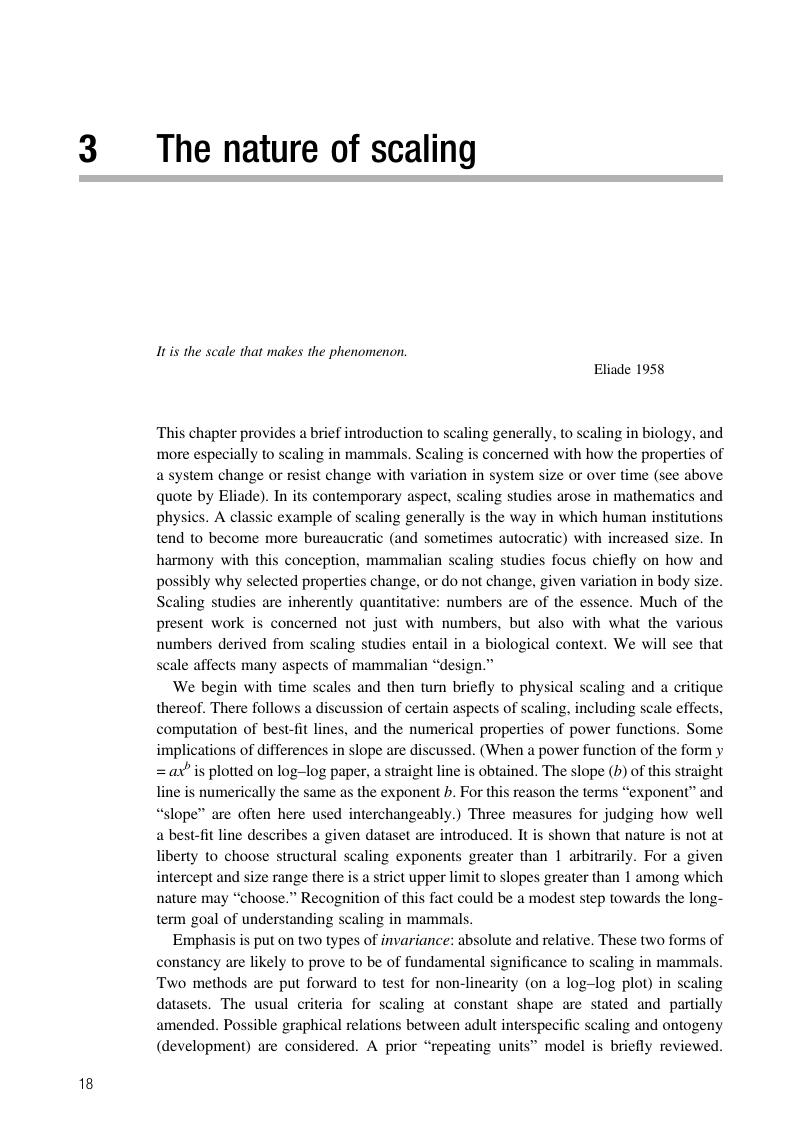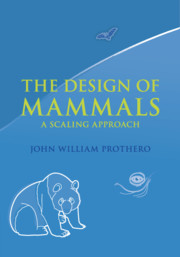Book contents
- The Design of MammalsA Scaling Approach
- The Design of Mammals
- Copyright page
- Dedication
- Dedication
- Contents
- Book part
- Part I Background
- 1 Introduction
- 2 The mammals
- 3 The nature of scaling
- 4 Towards a standardized body weight table
- 5 A reader’s guide
- Part II Empirical analyses
- Part III Survey of results
- Part IV Methodology
- Part V A broader view
- Book part
- Book part
- Book part
- References for quotations
- Index
- References
3 - The nature of scaling
from Part I - Background
Published online by Cambridge University Press: 05 November 2015
- The Design of MammalsA Scaling Approach
- The Design of Mammals
- Copyright page
- Dedication
- Dedication
- Contents
- Book part
- Part I Background
- 1 Introduction
- 2 The mammals
- 3 The nature of scaling
- 4 Towards a standardized body weight table
- 5 A reader’s guide
- Part II Empirical analyses
- Part III Survey of results
- Part IV Methodology
- Part V A broader view
- Book part
- Book part
- Book part
- References for quotations
- Index
- References
Summary

- Type
- Chapter
- Information
- The Design of MammalsA Scaling Approach, pp. 18 - 40Publisher: Cambridge University PressPrint publication year: 2015



